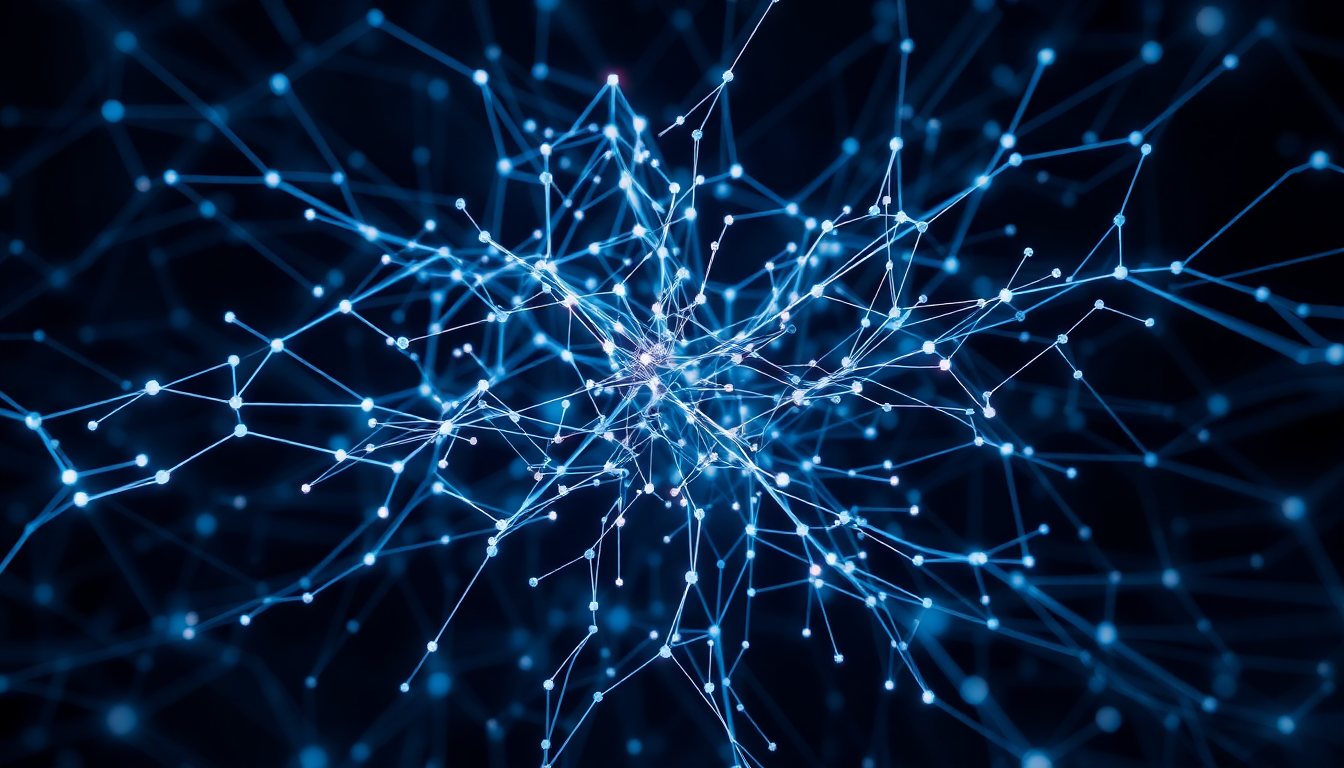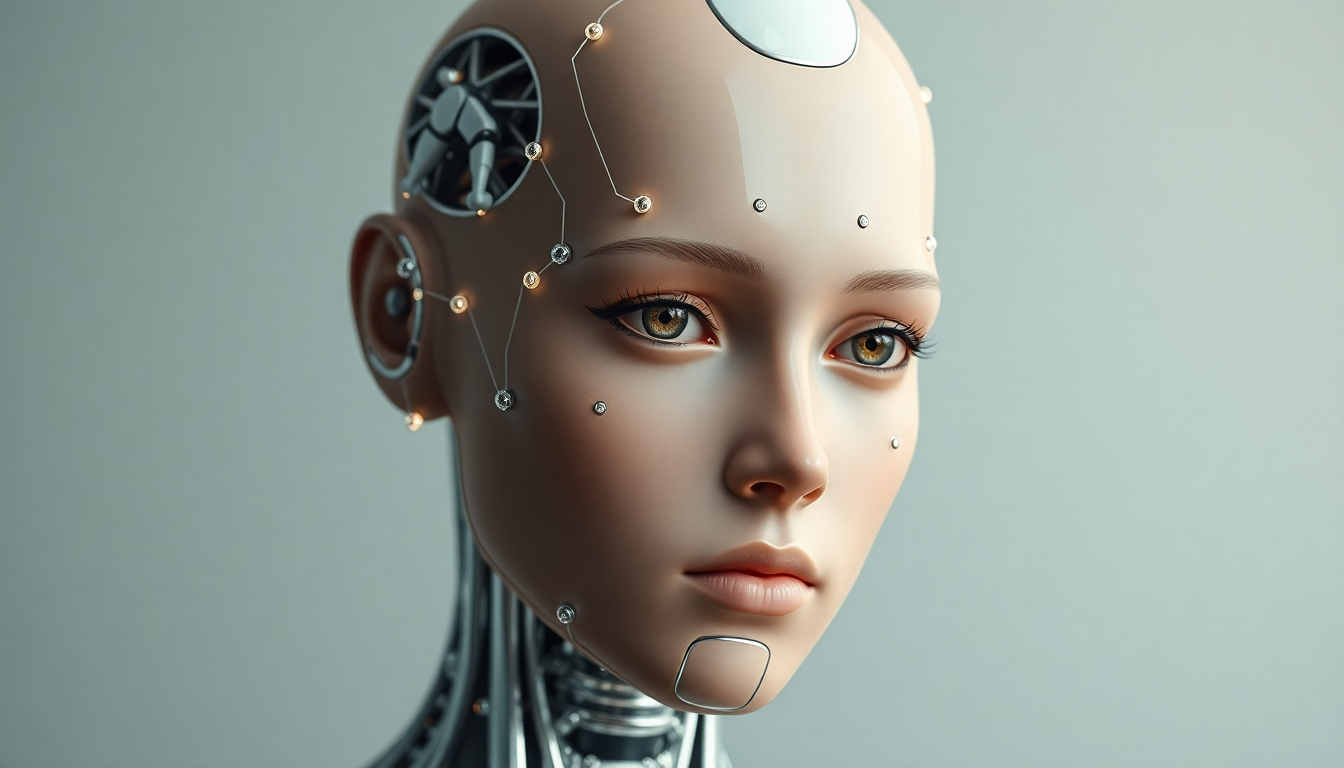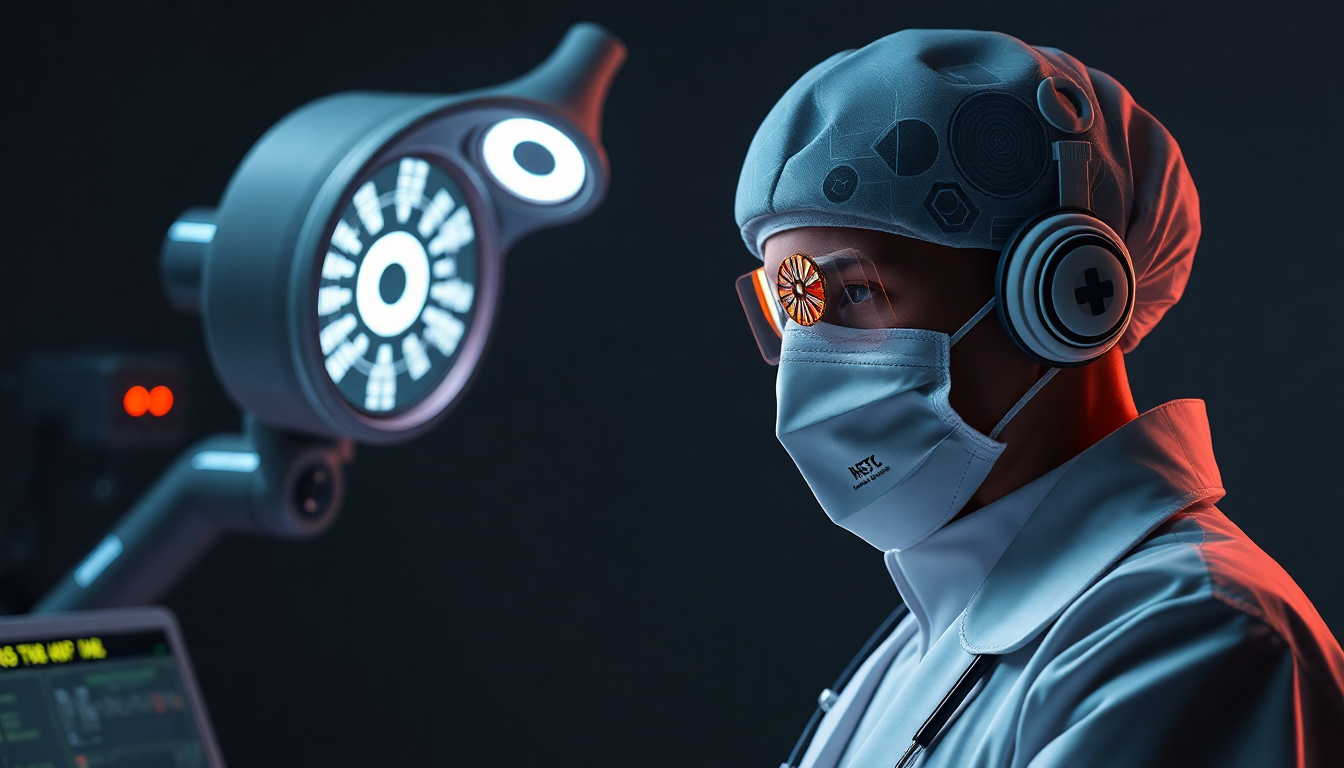This is interesting. Imagine how complex your brain is and then imagine replicating it in the digital world. That’s a neural network. Sounds intense, right? A neural network is a computational model inspired by the human brain. It consists of interconnected nodes, called neurons, organized in layers. These neurons work together to process data, identify patterns, and make predictions or decisions. Neural networks are fundamental to artificial intelligence (AI), particularly in machine learning and deep learning. They power systems that recognize images, understand language, and make complex decisions.
The Origins of Neural Networks
Early Beginnings
The concept of neural networks emerged in 1943 when Warren McCulloch and Walter Pitts created a mathematical model of artificial neurons. Their work showed that simple logical operations could be performed using interconnected binary units. This was the first step toward creating machines that mimic human thought processes.
In 1958, Frank Rosenblatt introduced the perceptron, an early neural network capable of learning from data. The perceptron demonstrated promise but struggled with non-linear problems, like recognizing overlapping patterns. These limitations stalled progress in the field for decades.
Revival and Innovation
The 1980s marked a turning point. Geoffrey Hinton, David Rumelhart, and Ronald Williams developed the backpropagation algorithm, enabling neural networks to learn more effectively by adjusting internal parameters. This breakthrough made it possible to solve complex problems and reignited interest in the field. Over time, advancements in computing power and data availability accelerated the development of more sophisticated neural networks.
Pioneers Who Shaped the Field
Several figures played pivotal roles in advancing neural networks:
- Warren McCulloch and Walter Pitts developed the foundational theoretical model of artificial neurons.
- Frank Rosenblatt created the perceptron, inspiring early interest in neural network research.
- Geoffrey Hinton popularized backpropagation and introduced deep belief networks, which are fundamental to modern deep learning.
- Yann LeCun developed convolutional neural networks (CNNs), transforming how machines process visual data.
- Andrew Ng advanced neural networks through large-scale applications and educational efforts, making AI accessible to a broader audience.
These individuals laid the groundwork for the neural networks we use today.
How Neural Networks Work
Layers and Structure
Neural networks are built with three main layers: input, hidden, and output. The input layer receives raw data, such as numbers, words, or images. The hidden layers process this data by applying weights and biases to the connections between neurons. These layers use mathematical functions to identify patterns and relationships. Finally, the output layer delivers results, such as predictions or classifications.
Training and Learning
Training a neural network involves adjusting the weights of connections to minimize the error in its predictions. This is achieved through a process called gradient descent, which iteratively improves the network’s performance. Backpropagation plays a crucial role in this process by calculating how much each weight contributed to the error and updating it accordingly.
Specialized Architectures
Different tasks require specific types of neural networks. Convolutional Neural Networks (CNNs) are tailored for image processing, while Recurrent Neural Networks (RNNs) handle sequential data, like time series or text. Transformers, a newer architecture, excel in understanding context within large datasets, revolutionizing natural language processing.
Applications of Neural Networks in Technology
Neural networks are embedded in many technologies that shape our daily lives.
Computer Vision
Neural networks power facial recognition, object detection, and autonomous vehicles. Convolutional neural networks analyze visual data, enabling machines to recognize objects and navigate environments. These systems are critical in industries like security, healthcare, and transportation.
Natural Language Processing
Neural networks enable machines to understand and generate human language. Applications include chatbots, virtual assistants, and translation tools. Transformers, such as those used in GPT models, are particularly effective in this domain, allowing AI to generate human-like text and answer complex queries.
Speech Recognition
Speech-to-text systems, like those in smartphones and virtual assistants, rely on neural networks to convert spoken language into text. These systems are used in accessibility tools, transcription software, and voice-controlled devices.
Content Creation
Generative neural networks create images, music, and written content. Models like DALL-E and GPT showcase the ability to produce realistic and creative outputs, transforming fields like design and entertainment.
Neural Networks Across Industries
Healthcare
In healthcare, neural networks analyze medical images, predict disease progression, and assist in drug discovery. For instance, they help radiologists detect cancer in mammograms or identify anomalies in X-rays with high accuracy.
Finance
Financial institutions use neural networks for fraud detection, credit scoring, and algorithmic trading. By analyzing patterns in transaction data, these systems can identify suspicious activities or predict market trends.
Retail
Retailers leverage neural networks to personalize customer experiences. Recommendation systems analyze browsing and purchase data to suggest relevant products. Neural networks also optimize inventory management and dynamic pricing.
Transportation
Neural networks are crucial for self-driving cars, drones, and traffic management systems. They process sensor data to detect obstacles, recognize traffic signals, and make split-second driving decisions, enhancing safety and efficiency.
Education
Educational platforms use neural networks to adapt learning materials to individual student needs. These systems analyze student performance and provide tailored recommendations, improving engagement and outcomes.
Future Applications of Neural Networks
Personalized Healthcare
Neural networks could enable precision medicine by analyzing genetic and medical data to provide individualized treatment plans. They may also power wearable devices that monitor health in real-time and predict medical emergencies.
Climate Solutions
AI-driven climate models could help predict weather patterns, optimize renewable energy systems, and detect environmental changes. Neural networks might support efforts to combat deforestation, track endangered species, or improve energy efficiency.
Autonomous Systems
Beyond self-driving cars, neural networks could control robots in manufacturing, agriculture, and exploration. Autonomous drones, ships, and construction equipment are likely to benefit from advancements in neural networks.
Creative Collaboration
Neural networks could become co-creators in art, music, and literature. By generating ideas or refining existing work, these systems could augment human creativity and innovation in unexpected ways.
Cybersecurity
In cybersecurity, neural networks could detect and respond to threats in real-time. By analyzing network traffic patterns, these systems might identify anomalies and prevent breaches before they occur.
Brain-Computer Interfaces
Neural networks could help build interfaces that connect the human brain directly to machines. This technology may enable people with disabilities to control devices with their thoughts or enhance human cognition.
Challenges and Limitations
Despite their potential, neural networks face significant challenges. They require vast amounts of high-quality data for training, which may not always be available. Training neural networks is computationally expensive, demanding powerful hardware and energy resources. Moreover, these systems often operate as “black boxes,” making it hard to explain how they arrive at decisions.
Bias in training data is another critical issue. Neural networks can inadvertently learn and amplify biases, leading to unfair outcomes. Researchers are actively exploring methods to improve transparency and fairness in AI systems.
Conclusion
Neural networks have transformed artificial intelligence and permeated countless industries. They enable machines to see, hear, and reason, bridging the gap between human and machine intelligence. While challenges remain, the future of neural networks promises even greater possibilities, from revolutionizing healthcare to addressing global challenges like climate change. As technology advances, understanding neural networks will be essential to unlocking their full potential.


